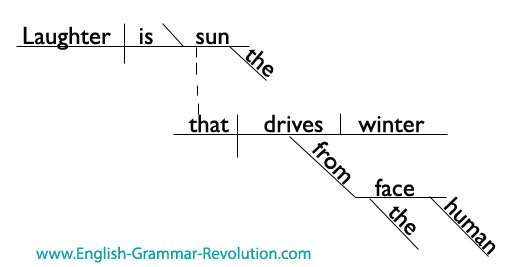It’s the young and hip Oscars!
– Anne Hathaway
This morning, I had a Skype meeting from my bed with folks from Philadelphia, Portland and D.C.
Later, between completing coursework for a master’s degree I’ll earn without ever seeing the faces of those teaching me or learning with me, I tweeted with Mary Worrell in The Netherlands.
Then I looked her up on Skype and we talked about curriculum while I ate a warm cinnamon roll.
After she’d gone to bed, I hit up Bryan Jackson in British Columbia to talk about the possibilities of having our student collaborate online.
The conversation with Bryan was a little stilted because I was working to help design some curricula for use in Denver at the same time.
I’m relaying all this not to sound cool (which I am not), but to explain the chortle I emitted when the Academy of Motion Picture Arts and Sciences President Tom Sherak and Head of Disney/ABC Television Anne Sweeney interrupted the limping Oscar telecast to tell me they’d be doing the same thing for another 9 years.
I held my breath for a moment waiting for the tagline, “If you think our self-adulation reeks of being mercilessly out of touch with the shifting paradigm of new media, wait and see what we can do with the next decade.”
At some point, shows like the Oscars, Grammys, Emmys, and Golden Globes were events offering the viewing public a portal into the world of celebrity.
When anyone can become a celebrity tomorrow, though, folks aren’t as interested in watching celebrities as joining them.
More people have seen “Charlie bit my finger – again!” than will ever see The King’s Speech. While Randy Newman was collecting his second Oscar in 20 nominations, Justin Bieber had (as of this writing) 769,366,327 aggregate views for his three videos in the Top 20 all-time most viewed Youtube videos. And, if the 13-year-who tried to explain Bieber Fever to me is to be believed, it’s all because Justin’s mom threw some movies of her son up on Youtube in the first place.
Though Harvey Weinstein was once a kingmaker, it’s looking a lot like anyone with an Internet connection can step right into his shoes.
Boat = Missed, ABC and Academy.
Saying you’ll be televising the Oscars on ABC through 2020 is like me saying in 2001 that I’d be teaching students out of textbooks for the next decade.
While tonight’s telecast might have motivated some people to head out to theaters to see the winning and nominated films, for a growing segment of the population (many of them in the demographic targeted by the selection of James Franco and Anne Hathaway as co-hosts tonight), it prompted the setting of sails for The Pirate Bay.
I’m worried I might be more with it than Hollywood.
If a public school English teacher can spend his Sunday talking to colleagues in six cities across three countries and just as many time zones, it’s possible the Academy needs to re-think what it means to be relevant.

